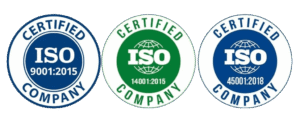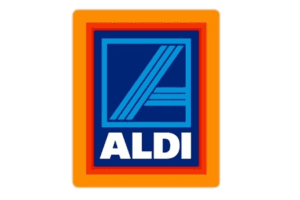Australia’s packaging industry is experiencing a major transformation in 2025 as recycled-content packaging materials become the new industry standard. Driven by stronger government regulations, consumer demand, and advances in recycling technology, companies across the country are prioritising sustainability in their packaging choices like never before.
The Rise of Recycled-Content Packaging
The push for recycled materials has been building for years, but 2025 marks a tipping point. With new mandates under the National Packaging Targets, Australian manufacturers are increasingly turning to recycled paperboard, plastics, and metals to reduce their environmental footprint. From food and beverage containers to industrial packaging and e-commerce boxes, recycled content is now viewed not just as an option but as a necessity.
Innovation and Investment Lead the Way
Technological innovation is making recycled packaging materials more competitive with virgin alternatives. Companies are investing in mechanical and chemical recycling technologies to recover higher-quality resins, fibres, and films. These advancements ensure that recycled materials meet the same performance and safety standards as traditional ones, especially for applications in food packaging and pharmaceutical packaging.
Additionally, large packaging manufacturers and converters are forging partnerships with local recycling facilities to strengthen circular supply chains. This localisation of production not only reduces emissions but also enhances material traceability — a growing priority in sustainable packaging.
Consumer Demand Shapes Market Trends
Today’s consumers are increasingly eco-conscious, and brands are responding accordingly. Packaging with clear “made from recycled materials” labelling is now a key selling point, particularly in e-commerce and FMCG sectors. The trend is evident across leading retailers who are adopting 100% recycled-content cartons, bioplastic wraps, and compostable inner films.
These initiatives align with Australia’s broader goal to make all packaging reusable, recyclable, or compostable by 2025, further accelerating the adoption of recycled content across industries.
Overcoming Challenges in Recycled Packaging
Despite the growth, challenges remain. Sourcing consistent, high-quality recycled feedstock continues to be a bottleneck, especially for food-grade plastics. Industry leaders are working with policymakers to enhance collection systems, improve sorting infrastructure, and support the development of closed-loop recycling frameworks that keep materials in use longer.
Looking Ahead
As we move through 2025, it’s clear that recycled-content packaging is not just a passing trend—it’s the new foundation of a sustainable packaging economy. Australian manufacturers that embrace this shift will not only reduce waste and emissions but also strengthen brand reputation and supply chain resilience.
For more insights into Australia’s evolving packaging landscape, visit Carewell Group.










